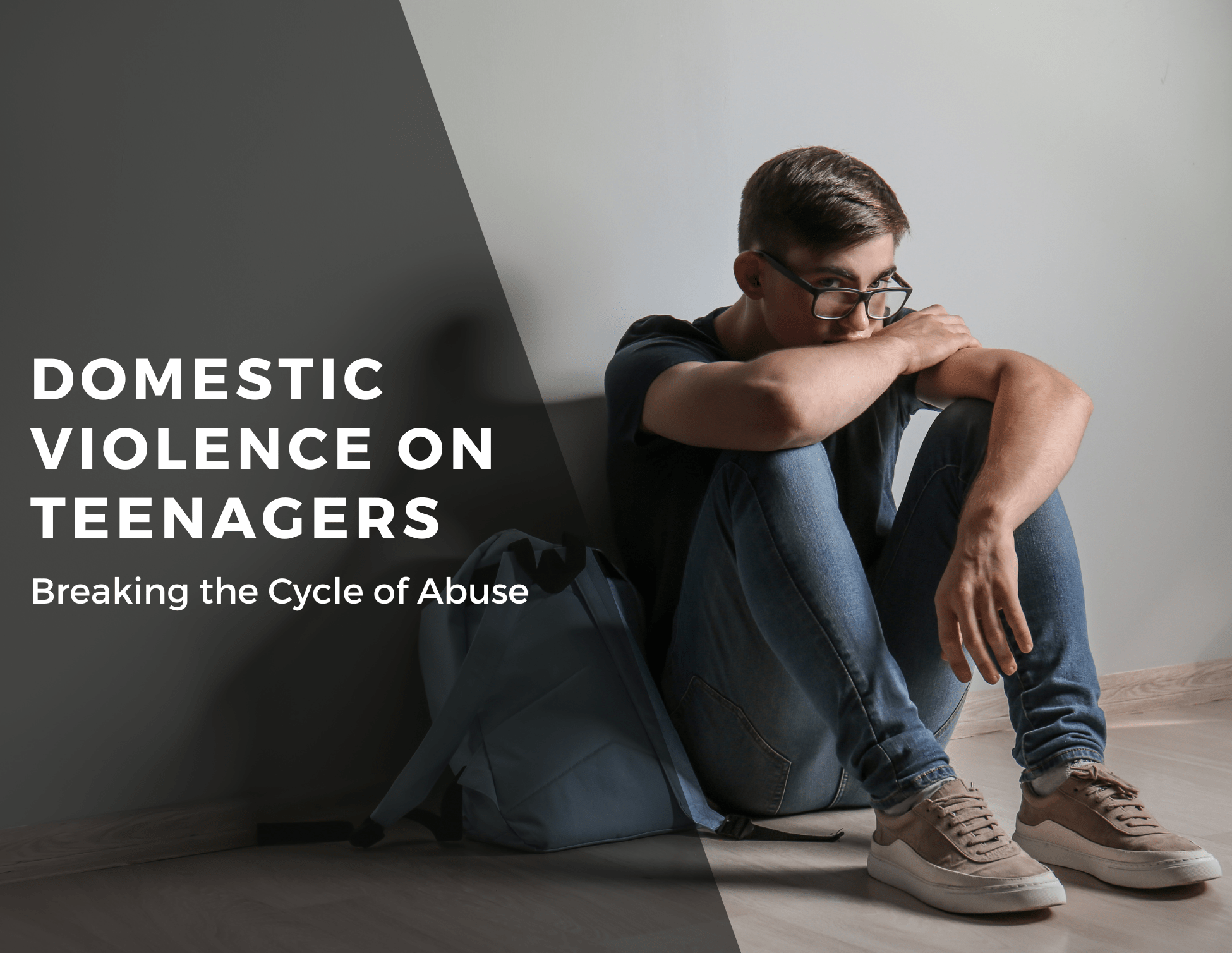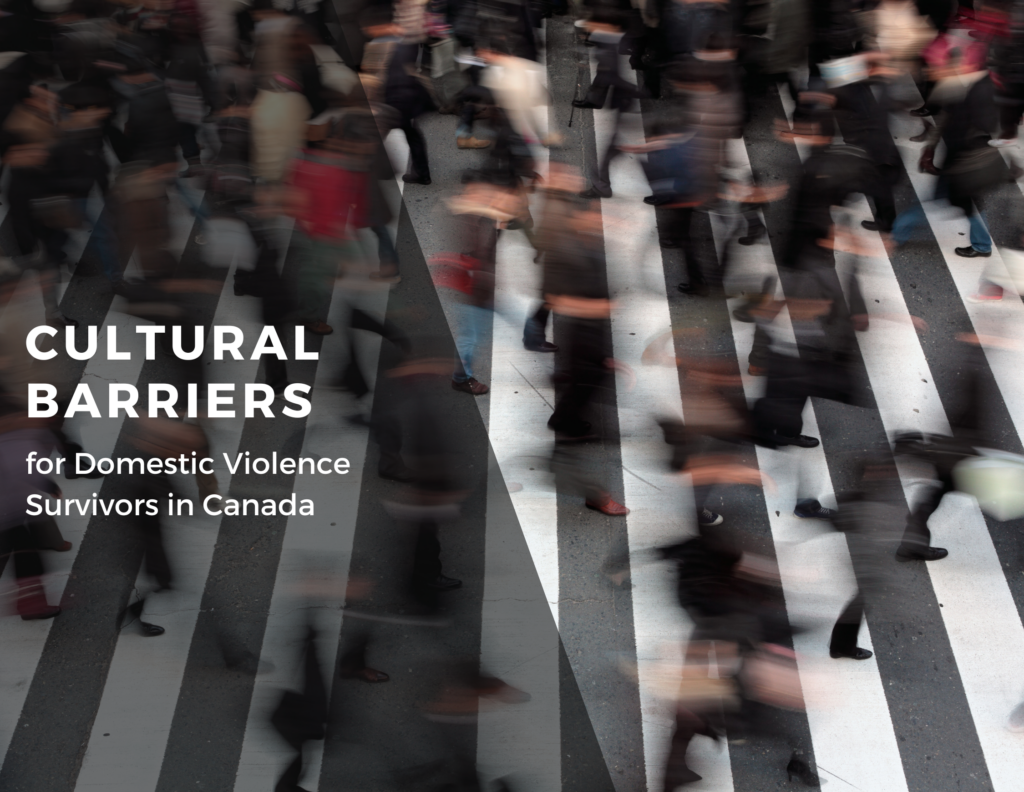The Effect of Domestic Violence on Teenagers

Understanding the Impact of Domestic Violence on Teenagers
Domestic violence is a serious issue that affects millions of people worldwide, including teenagers. Adolescence is already a time of significant change and growth, and experiencing domestic violence during this crucial period can have profound and lasting effects on a young person’s well-being. In this blog post, we’ll explore the various ways in which domestic violence impacts teenagers and offer insights into how we can support those who are affected.
What is Domestic Violence?
Domestic violence encompasses a range of abusive behaviours that occur within intimate relationships. It can take many forms, including physical, emotional, sexual, and financial abuse.
Examples of domestic violence include hitting, yelling, controlling behaviour, threats, and intimidation.
Domestic violence can occur between spouses, partners, parents, children, and other family members.
The Scope of the Problem
Domestic violence affects people of all ages, genders, and socioeconomic backgrounds.
Statistics show that a significant number of teenagers are exposed to domestic violence in their homes.
According to the Canadian Centre for Justice and Community Safety Statistics, in 2018, approximately 362,000 children and youth aged 0 to 17 years were exposed to family violence in Canada. This includes witnessing or experiencing violence between parents or guardians.

Impact on Teenagers
Physical Effects
Exposure to domestic violence can lead to physical injuries, such as bruises, cuts, and broken bones.
Teenagers who witness violence in the home may experience headaches, stomachaches, and other psychosomatic symptoms due to stress and anxiety.
Emotional Effects
Domestic violence can have profound emotional effects on teenagers, including feelings of fear, sadness, and anger.
Many teens who witness domestic violence struggle with low self-esteem and feelings of worthlessness.
They may also develop symptoms of depression and anxiety, which can affect their academic performance and relationships with peers.
Behavioural Effects
Teenagers who are exposed to domestic violence may exhibit aggressive behaviour themselves, both at home and at school.
They may also engage in risky behaviours, such as substance abuse and self-harm, as a way to cope with their emotions.
Some teenagers may become withdrawn and isolated, avoiding social interactions and extracurricular activities.
Examples of the effect of domestic violence on teenagers:
1. Feelings of extreme guilt or self-blame
Teenagers may blame themselves for not stopping the violence, even though they lack the power to intervene effectively due to their age and dependency.
2. Flashbacks to episodes of domestic violence
Recurrent and intrusive memories of traumatic events can haunt teenagers, causing distress and anxiety even when the violence is not occurring.
3. Sleep disturbances
Nightmares and disrupted sleep patterns can lead to chronic fatigue and exacerbate emotional distress, impacting overall well-being and functioning.
4. Emotional numbing
To cope with overwhelming emotions, teenagers may disconnect from their feelings, leading to emotional numbness and detachment from their experiences.
5. Depression
Persistent feelings of sadness, hopelessness, and worthlessness can significantly impair teenagers’ daily functioning and quality of life.
6. Substance abuse
Using drugs or alcohol as a form of self-medication can provide temporary relief from emotional pain but may lead to addiction and exacerbate existing mental health issues.
7. Challenges in forming healthy relationships
Difficulties in trusting others and fear of vulnerability can hinder teenagers’ ability to establish and maintain meaningful connections with peers.
8. Antisocial behavior
Engaging in behaviours that violate social norms or harm others can serve as a maladaptive coping mechanism to alleviate emotional distress and regain a sense of control.
9. Risk-taking behaviours
Reckless actions such as driving dangerously or experimenting with drugs may reflect teenagers’ desire to escape their current reality and seek excitement or distraction.
10. Self-destructive behaviors
Engaging in behaviours that harm oneself, such as self-mutilation or eating disorders, may provide temporary relief from emotional pain but can have serious long-term consequences.
11. Withdrawal and isolation
Withdrawing from social interactions and support systems can exacerbate feelings of loneliness and exacerbate mental health issues.
12. Suicidal thoughts
Feeling overwhelmed by despair and hopelessness, some teenagers may contemplate or attempt suicide as a means of escaping their pain.
13. Physical complaints with no medical basis
Somatic symptoms such as headaches or stomachaches may manifest as a result of emotional distress and trauma, even in the absence of physical injury or illness.
14. Difficulties in school
Emotional turmoil and preoccupation with domestic violence can impair concentration, leading to academic decline and refusal to attend classes.

Breaking the Cycle of domestic violence on teenagers
It’s essential to provide support and resources to teenagers who are affected by domestic violence. Encourage open communication and let them know that they are not alone. Offer access to counselling services and support groups where they can express their feelings in a safe and supportive environment.
Educate teenagers about healthy relationships and empower them to recognize the signs of abuse.
Encourage them to seek help if they or someone they know is experiencing domestic violence.
1. Validating feelings of guilt and self-blame
Acknowledge teenagers’ emotions while emphasizing that they are not responsible for the violence, helping to alleviate misplaced blame and guilt.
2. Open communication and active listening
Create a safe and non-judgmental space for teenagers to express their thoughts and feelings, fostering trust and promoting emotional healing.
3. Seeking professional help
Encourage teenagers to seek support from qualified professionals trained in trauma-informed care, facilitating access to therapy and counselling services.
4. Developing coping strategies
Help teenagers develop healthy coping mechanisms to manage stress and regulate their emotions effectively, empowering them to navigate challenging situations.
5. Accessing support services
Provide practical assistance in accessing community resources such as shelters, hotlines, and support groups, ensuring teenagers have the support they need to stay safe and heal.
6. Modeling healthy relationships
Demonstrate respectful communication and conflict resolution skills in your interactions with teenagers, serving as a positive role model for healthy relationship dynamics.
7. Encouraging positive activities
Support teenagers in engaging in activities that promote self-esteem and well-being, fostering a sense of accomplishment and resilience.
8. Ensuring safety
Collaborate with trusted adults and authorities to develop safety plans and create a secure environment free from violence, prioritizing teenagers’ safety and well-being.
9. Fostering supportive relationships
Encourage teenagers to build connections with peers and trusted adults who can provide emotional support and guidance throughout their healing journey.
10. Monitoring well-being
Stay vigilant for signs of distress or crisis, intervening promptly to provide support and reassurance as needed, and advocating for teenagers’ needs and rights.
By implementing these strategies, we can provide meaningful support and empower teenagers to heal and thrive despite the challenges posed by domestic violence.

Conclusion
Domestic violence has far-reaching consequences, especially for teenagers who are still developing physically, emotionally, and socially. By understanding the impact of domestic violence on teenagers and providing support and resources, we can help break the cycle of abuse and create a safer and healthier future for all. Let’s work together to end domestic violence and ensure that every teenager has the opportunity to thrive in a nurturing and violence-free environment.
Find a Shelter
Shelters can help you in many ways other than just welcoming you for a time. They can also contact you with multiple other institutions and resources that will help you stay safe. From resources, help groups, directing you to food banks and other government programs. Domestic violence shelters are here to help you.
At Stepping Stones Crisis Society, you can always find help if you are considering leaving an abusive household in Northern Alberta, particularly in the Cold Lake and Bonnyville areas. You can reach our helpline at 780-594-3353 or contact us at ou******@*******************ty.ca. We offer an emergency residential shelter for women, with or without their children, and their family pets (dog or cat).
If you find this article useful or want to support our cause, please donate here. Every dollar counts and our clients will greatly appreciate it.

Share this:
Related Articles
Cultural Barriers for Domestic Violence Survivors
Understanding Cultural Barriers for Domestic Violence Survivors in Canada Cultural barriers for domestic violence survivors are a serious issue affecting many individuals in Canada. While…
Navigating Family Court as a Domestic Violence Survivor
Navigating Family Court as a Domestic Violence Survivor in Alberta Navigating the family court as a survivor of domestic violence can be daunting. In Alberta,…


